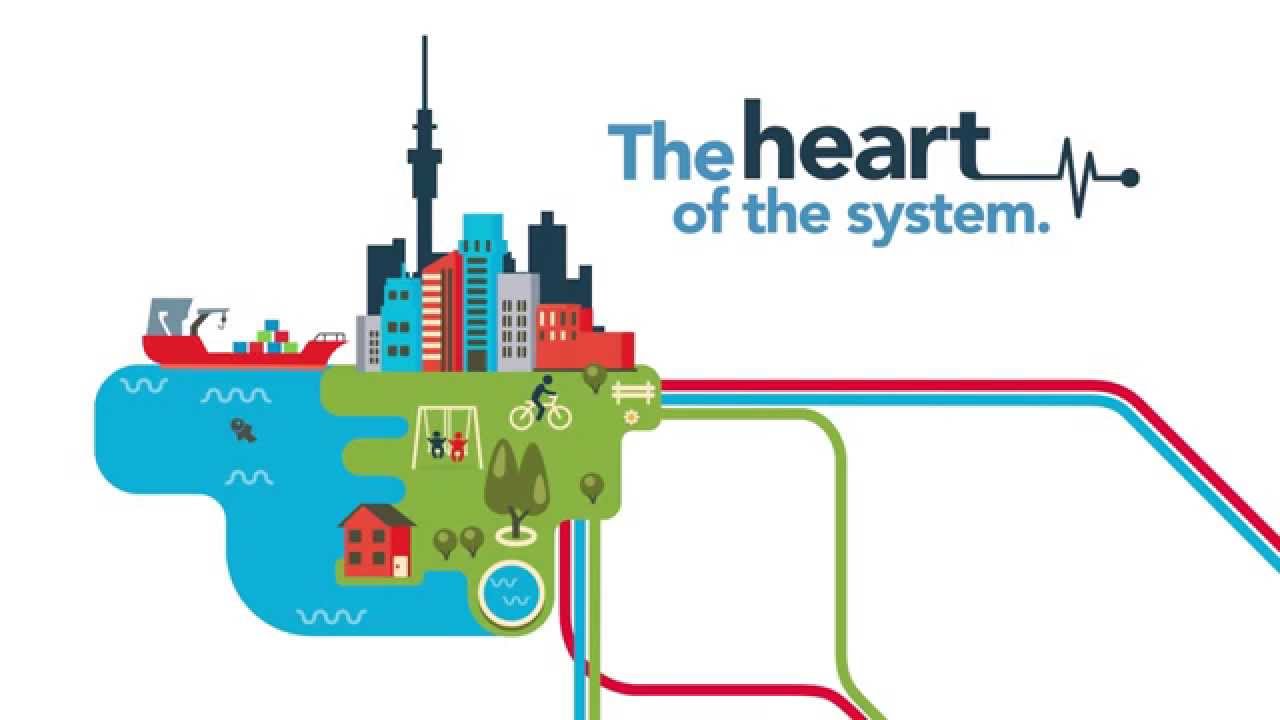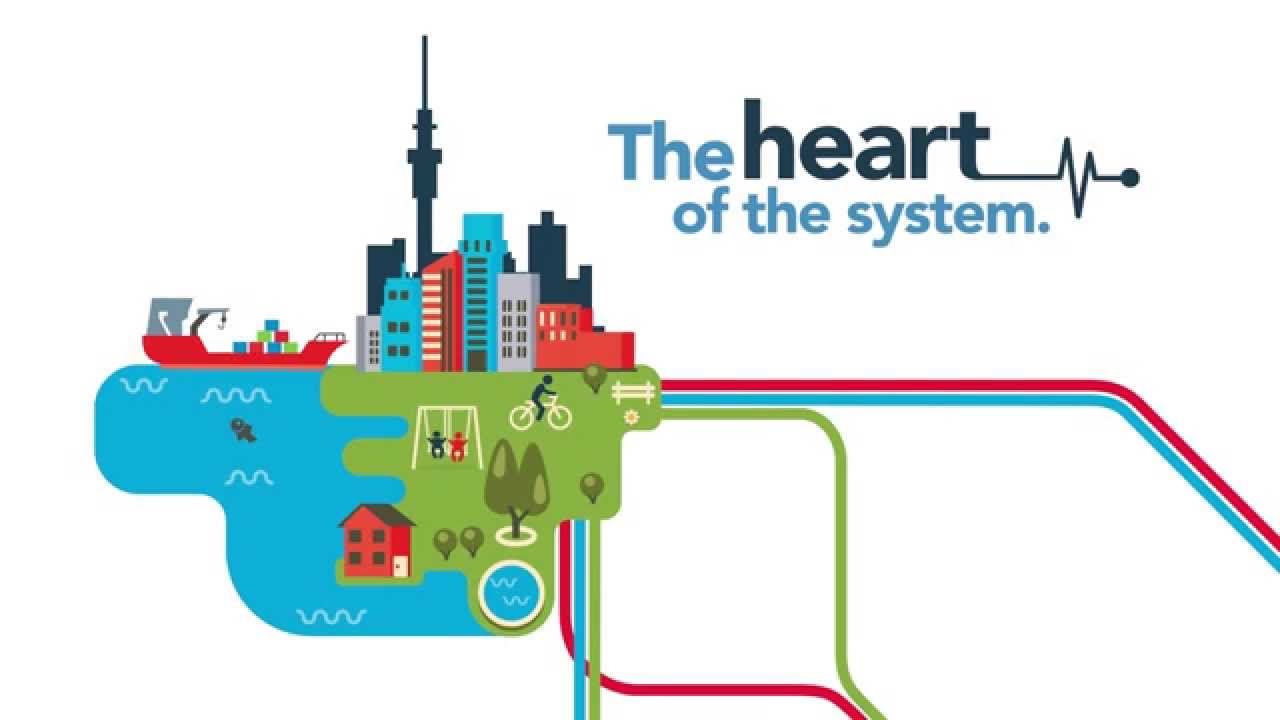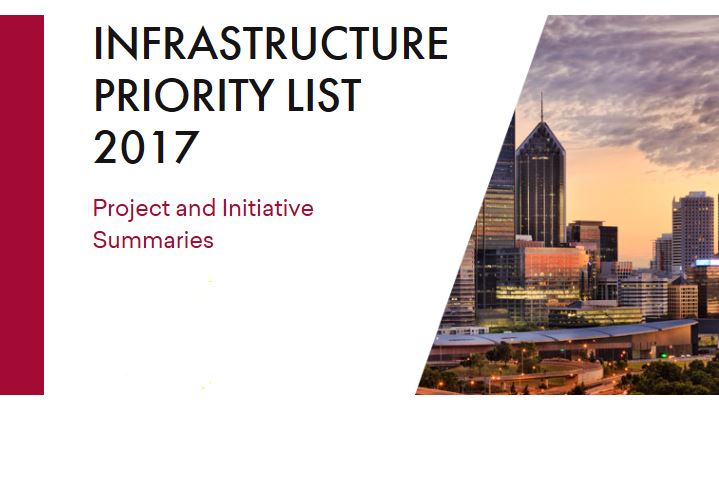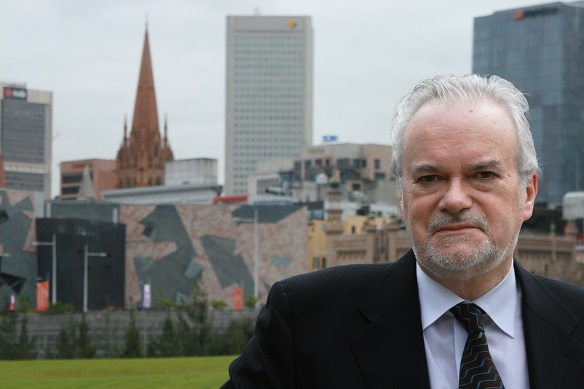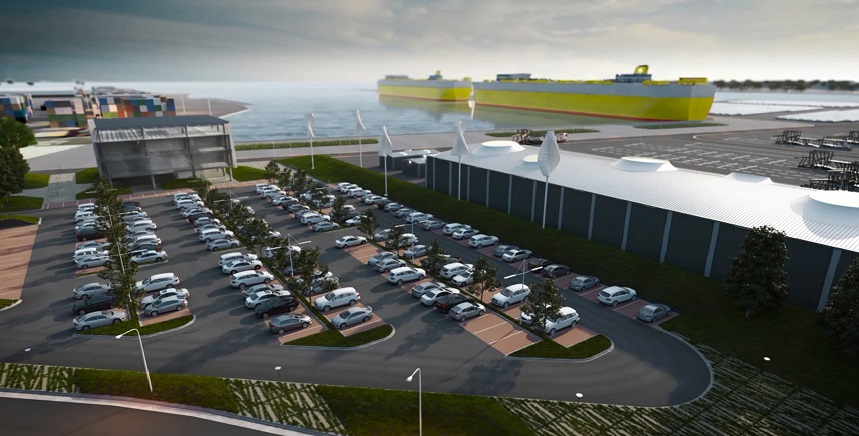CRL project awarded a second sustainability rating
Auckland’s City Rail Link (CRL) project was last night awarded a “Leading” Infrastructure Sustainability (IS) Design rating by the Infrastructure Sustainability Council of Australia (ISCA), the highest possible achievement in the IS scheme and the emphasis on cultural value was among the reasons given. CRL has been recognised for a “world first” – embedding cultural values into its sustainability approach.
The rating is for the design of Contract 1 – the work through and under Britomart Station and Lower Queen Street to the former Downtown Shopping Centre site. A Downer/Soletanche Bachy joint venture is the delivery partner for this contract. The designers are Aurecon, Mott MacDonald, Grimshaw, Jasmax and Arup.
Previously, the project also achieved a “Leading” design rating from ISCA for the design (with Connectus) of Contract 2 – the Albert Street tunnels and the use of a 2m-wide tunnel boring machine, named Valerie to simultaneously excavate and install a new stormwater pipe under Albert Street.
In awarding the Contract 1 IS Design rating, ISCA considered project performance across six themes: Management & Governance; Using Resources; Emissions, Pollution & Waste; Ecology; People & Place; and Innovation.
ISCA noted several highlights for Contract 1:
- The CRL’s initiative to collaborate with Mana Whenua to embed Māori cultural values across the IS framework: a first globally
- Water-efficient fittings specified for the refurbished Britomart station are projected to reduce water usage over the life of the asset by more than 50%, with associated reductions in utility bills
- A projected reduction in life cycle energy-related Greenhouse Gas emissions by over 25% through efficient construction techniques, including replacing diesel generators with grid electricity, and specifying energy efficient equipment for the refurbished station
- Reducing waste by recycling items such as the uPVC piping from the station plaza water feature, and carefully removing the bluestone feature wall tiles for reinstatement once the tunnels are completed
- Detailed attention to the protection and enhancement of the Category 1 heritage-listed station building.
CRL Project Director Chris Meale says the project is committed to setting the benchmark for sustainable design, construction and operation of infrastructure in New Zealand and the latest recognition shows it is on the right track to achieving the sustainability goals.
CRL construction is well underway and reporting to date shows the project is on track to deliver.
About ISCA
The Infrastructure Sustainability Council of Australia (ISCA) is a member-based not-for-profit public and private industry council. ISCA is the peak industry body for advancing sustainability outcomes in infrastructure. ISCA specialise in the facilitation and development of industry led performance based integrated triple-bottom-line governance and reporting frameworks, decision tools and rating tools; generating communities of practice throughout the lifecycle from funding, planning, procurement, design and delivery to operations and maintenance.
About IS rating scheme
The IS rating scheme is a voluntary standard that measures performance and rewards beyond compliance sustainability in infrastructure. IS enables comparative analysis, drives continuous improvement, promotes change receptivity, and enhances collaboration.
The IS rating scheme is the only comprehensive rating scheme for evaluating sustainability across planning, design, construction and operation of all infrastructure asset classes. IS is an industry-compiled sustainability rating scheme linking industry, communities and commerce beyond regulatory standards.
Since launching in 2012, over $82 billion in infrastructure and civil works projects or assets across Australia and New Zealand have either been certified or registered for an IS rating.
The IS rating scheme comprises of 44 credits, nested in 15 categories and 6 themes. Projects or assets are able to register for Design, As Built or Operations ratings. Projects or assets are also able to register for planning phase support. The highest level achievable in the IS rating scheme is a ‘Leading’ rating (scores >75), followed by ‘Excellent’ (scores between 50-74) and ‘Commended’ (scores 25-49). Scores below 25 are not eligible for an IS rating.

